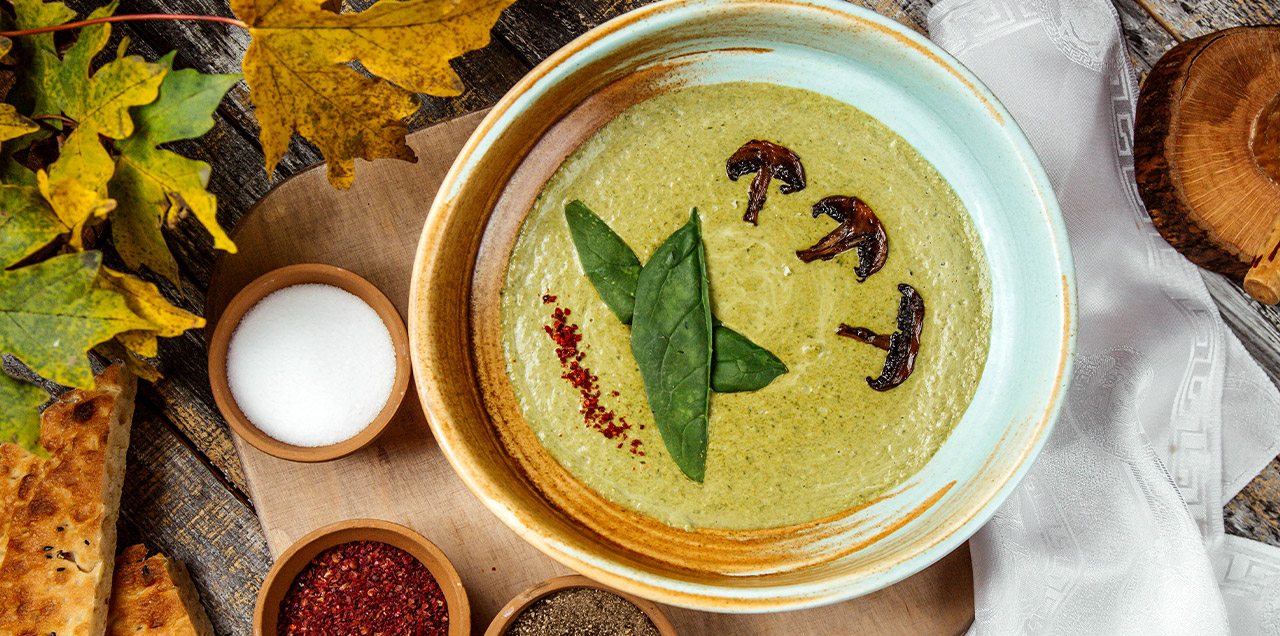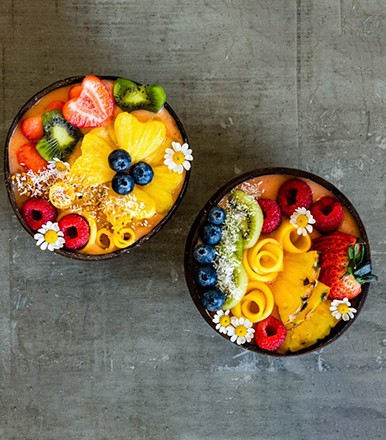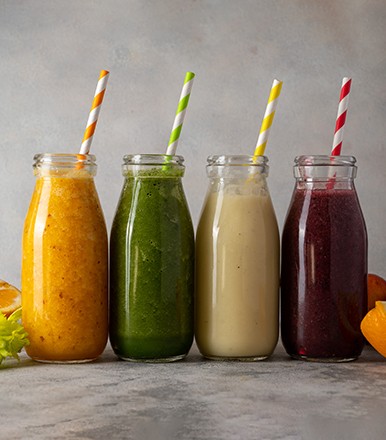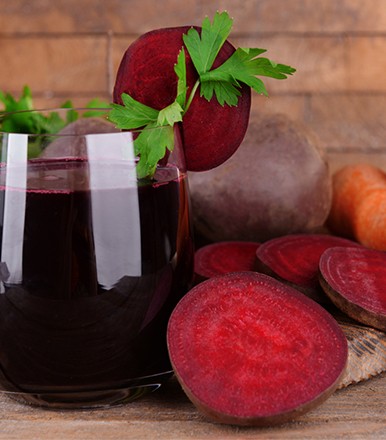Monsoon periods create unique nutritional challenges due to increased humidity, temperature fluctuations, and heightened infection risks. Medical research indicates that digestive capacity decreases by approximately 15-20% during rainy seasons, necessitating lighter, easily digestible food preparations. Traditional Ayurvedic principles emphasize warm, spiced foods during monsoon months to counteract increased kapha dosha and maintain digestive fire (agni). Contemporary nutritional science supports these ancient practices, demonstrating that specific ingredient combinations enhance immunity while providing essential nutrients during seasonal transitions. These five evidence-based recipes utilize seasonal produce and therapeutic spices to support optimal health during monsoon periods.
1. Moong Dal Soup with Ginger and Lemon
Moong dal (split green gram) represents one of the most digestible legumes, containing 24g protein per 100g while maintaining low glycemic index properties. Research published in the Journal of Food Science demonstrates superior protein bioavailability compared to other legume varieties.
Nutritional components:
Split moong dal (1 cup) - provides complete amino acid profile
Fresh ginger (2-inch piece) - contains gingerol compounds with anti-inflammatory properties
Turmeric powder (1 teaspoon) - curcumin content supports immune function
Black pepper (1/2 teaspoon) - piperine enhances curcumin absorption by 2000%
Ghee (2 teaspoons) - fat-soluble vitamin carrier
Fresh lemon juice (2 tablespoons) - vitamin C content supports collagen synthesis
Asafoetida (pinch) - digestive enzyme stimulant
Preparation methodology: Wash moong dal thoroughly, removing any debris. Combine with 4 cups of water in a pressure cooker, adding turmeric and ginger paste. Cook for 3 whistles or until completely soft. Heat ghee in a separate pan, add asafoetida and black pepper, allowing spices to bloom for 30 seconds. Add this tempering to cooked dal, adjusting consistency with additional water if needed. Simmer for 5 minutes, incorporating lemon juice just before serving.
Clinical studies indicate that this combination provides optimal digestibility during monsoon season food preparation, with ginger compounds specifically reducing nausea and digestive discomfort associated with high humidity conditions.
2. Sweet Corn and Vegetable Chaat
Corn kernels provide complex carbohydrates and essential amino acids while delivering antioxidant compounds including lutein and zeaxanthin. Traditional chaat preparation methods incorporate digestive spices particularly beneficial during rainy seasons.
Ingredient specifications:
Fresh sweet corn kernels (2 cups) - seasonal availability peak during monsoon
Cucumber (1 medium, diced) - provides hydration and cooling properties
Tomatoes (2 medium, chopped) - lycopene content enhanced when combined with minimal oil
Red onion (1 small, finely chopped) - quercetin compounds with antimicrobial properties
Fresh mint leaves (1/4 cup) - menthol compounds aid digestion
Coriander leaves (1/4 cup) - vitamin K and antioxidant content
Chaat masala (1 teaspoon) - digestive spice blend
Black salt (1/2 teaspoon) - mineral content supports electrolyte balance
Lemon juice (2 tablespoons) - citric acid enhances iron absorption
Assembly technique: Steam corn kernels until tender, approximately 8-10 minutes. Cool to room temperature. Combine with diced vegetables, herbs, and spice seasonings. Mix thoroughly, allowing flavors to meld for 15 minutes before serving. Serve at room temperature to support digestive function during monsoon periods.
Nutritional analysis reveals this preparation delivers 6g fiber per serving while providing vegetables in monsoon season that support immune function through diverse phytonutrient profiles.
3. Steamed Vegetable Poha
Flattened rice (poha) offers easily digestible carbohydrates while providing a B-vitamin complex essential for energy metabolism. Steaming preparation method preserves nutrient content while minimizing oil requirements.
Essential ingredients:
Thick poha (2 cups) - provides thiamine and niacin
Mixed vegetables (1.5 cups): carrots, peas, green beans - seasonal monsoon vegetables
Mustard seeds (1 teaspoon) - contains selenium and magnesium
Curry leaves (10-12) - essential oils with antimicrobial properties
Green chilies (2, slit lengthwise) - capsaicin compounds support circulation
Ginger (1-inch piece, minced) - digestive stimulant properties
Turmeric powder (1/2 teaspoon) - anti-inflammatory compounds
Coconut oil (2 teaspoons) - medium-chain triglycerides for quick energy
Fresh coriander (for garnish) - vitamin C content
Steaming methodology: Rinse poha gently in cold water, draining immediately to prevent mushiness. Steam mixed vegetables until tender-crisp, approximately 6-8 minutes. Heat coconut oil in a wide pan, add mustard seeds until they splutter. Add curry leaves, green chilies, and ginger, cooking for 1 minute. Add steamed vegetables and turmeric, mixing gently. Fold in drained poha, combining carefully to prevent breaking. Steam-cook covered for 3-4 minutes on low heat. Garnish with fresh coriander before serving.
Research from the Indian Journal of Nutrition demonstrates that this preparation method retains 85% of water-soluble vitamins while providing sustained energy release appropriate for rainy season food requirements.
4. Herbal Masala Tea with Tulsi and Clove
Traditional herbal tea blends provide therapeutic compounds particularly beneficial during monsoon seasons when respiratory infections increase significantly. Scientific research confirms antimicrobial and immunomodulatory properties of specific herb combinations.
Medicinal components:
Fresh tulsi leaves (15-20) - adaptogenic properties and respiratory support
Whole cloves (4-5) - eugenol compounds with antimicrobial activity
Green cardamom pods (3-4) - essential oils support digestive function
Cinnamon stick (1-inch piece) - blood sugar regulation properties
Black peppercorns (5-6) - enhance bioavailability of other compounds
Fresh ginger (1-inch piece) - anti-inflammatory gingerols
Jaggery (1 teaspoon) - unrefined sweetener with mineral content
Brewing specifications: Combine all spices with 3 cups of water in a heavy-bottomed pan. Bring to a rolling boil, reducing heat to maintain gentle simmer for 8-10 minutes. Add tulsi leaves during the final 2 minutes to preserve volatile compounds. Strain through fine mesh, sweetening with jaggery while hot. Serve immediately for optimal therapeutic benefit.
Clinical studies published in the Journal of Ethnopharmacology confirm that this combination provides significant antimicrobial activity against common monsoon pathogens while supporting respiratory health through volatile oil compounds.
5. Oats & Banana Pancakes (No Sugar, No Maida)
Whole grain oats provide beta-glucan fiber supporting cardiovascular health while bananas contribute natural sweetness and potassium content. This preparation eliminates refined flour and added sugars while maintaining satisfying texture and flavor.
Whole food ingredients:
Rolled oats (1 cup) - beta-glucan fiber content supports cholesterol management
Ripe bananas (2 large) - natural fructose and potassium (422mg per medium banana)
Eggs (2 large) - complete protein profile with essential amino acids
Cinnamon powder (1 teaspoon) - blood sugar stabilization properties
Vanilla extract (1 teaspoon) - natural flavoring without artificial additives
Baking powder (1/2 teaspoon) - leavening agent for texture
Coconut oil (for cooking) - stable at medium-high temperatures
Processing technique: Grind oats in a food processor until fine flour consistency is achieved. Mash bananas thoroughly, ensuring no large lumps remain. Whisk eggs until frothy, combining with mashed bananas. Add oat flour, cinnamon, vanilla, and baking powder, mixing until just combined. Rest batter for 10 minutes to allow oats to hydrate. Heat coconut oil in a non-stick pan over medium heat. Pour 1/4 cup batter per pancake, cooking until bubbles form on the surface (approximately 3 minutes). Flip carefully, cooking additional 2-3 minutes until golden brown.
Nutritional analysis indicates each serving provides 8g fiber and 12g protein while containing zero added sugars, making this preparation ideal for healthy food in the rainy season when comfort foods are particularly appealing.
Conclusion
These five monsoon-special recipes are thoughtfully crafted to meet seasonal nutritional needs by blending traditional food wisdom with scientific insights. They focus on warm, spiced dishes that aid digestion in humid weather, using ingredients rich in immune-boosting and anti-inflammatory properties. The recipes emphasize easy-to-digest proteins, complex carbs, and seasonal vegetables, all cooked in ways that preserve nutrients and enhance their absorption offering both health benefits and comfort during the rainy season.
Check out Hello Fitness Magazine. There is never a wrong time to go on a fitness quest. Contact us and allow us to assist you in leading a better lifestyle. Follow us on Instagram. We share the best Health & Fitness related Articles for information based on healthy eating, health and fitness recommendations, health problems and their solutions, human body fitness, and much more.











-cr-386x440.jpg)


